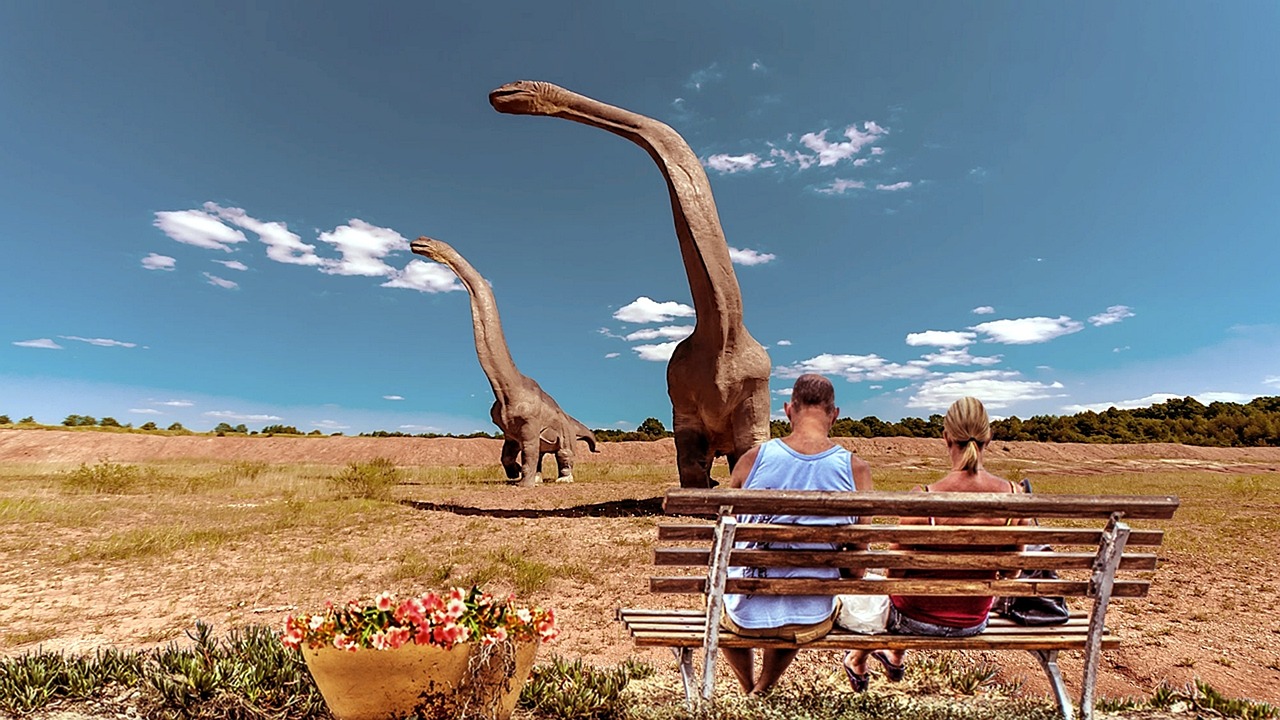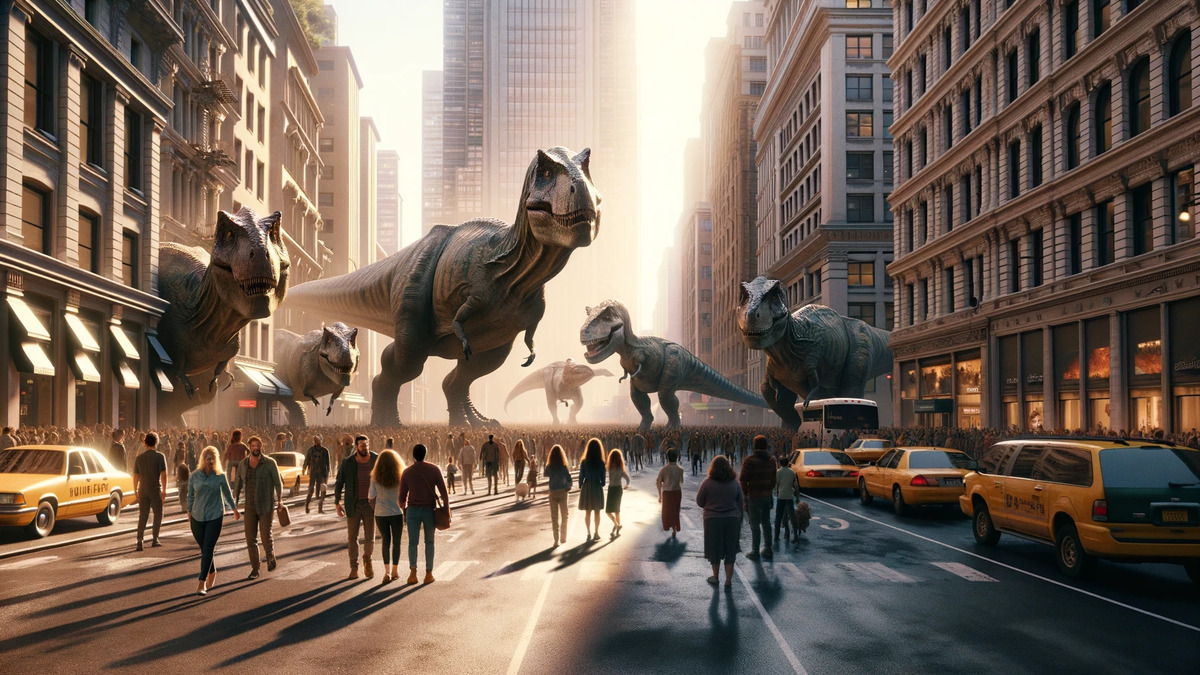Discovery of dinosaurs
Dinosaurs have actually only recently been known to mankind.
In the early 19th century, what we now know as dinosaurs was first scientifically described by William Buckland and Gideon Mantel.
It was also Sir Richard Owen, the eminent British anatomist and palaeontologist, who published the word ‘dinosaur’, meaning ‘terrible lizard’ in English, in 1842, some time after its discovery.
Both Shakespeare and Goethe died without ever having heard of dinosaurs. Dinosaurs are now commonly known and even popular with children, but those who first discovered them were probably more surprised than those who found Tutankhamun’s mask or China’s terracotta army. In today’s sense, it must have been as shocking as finding Nessie or the Flying Mothman.

Dinosaurs are alive … Really.
The depth of diversity of this group is palpable when we explore the physical characteristics of dinosaurs. Dinosaurs had feathers before birds, which is an interesting clue that the lineage of dinosaurs is the same.
There is a common perception that birds are closely related to dinosaurs because they share the same phylogeny, but this is incorrect.
Birds are dinosaurs themselves.
It is not just ostriches and dodos. Sparrows and crows are dinosaurs too. They eat bread crumbs in the park, they scavenge rubbish bags and they walk around prettily in Antarctica – they are all dinosaurs.
Dinosaur trivia Dinosaurology has a faster discovery cycle than archaeology.
A hummingbird-sized dinosaur trapped in amber is the smallest dinosaur ever discovered, overturning our stereotype of dinosaurs as giant theropods.
By contrast, Argentinosaurus, possibly the largest dinosaur on the planet, is up to over 40 metres long. It weighed a staggering 100 tonnes.
Theropods included the fearsome Tyrannosaurus rex and the agile Velociraptor. Velociraptor was a flightless ground creature, despite its feather-covered body.
The ornithopod Stegosaurus, on the other hand, had a rugged body covered with plate-like scales. They were large and stout, but had a brain the size of a walnut.
Some common misconceptions should also be mentioned. It is a mistake to associate dinosaurs with other ancient reptiles, such as the sea-dwelling plesiosaurs and ichthyosaurs. These aquatic reptiles are only contemporaries of dinosaurs. I always thought I was a dinosaur as a child, but they are a group belonging to a completely different field of reptilian evolution.
Dinosaurs were distinguished by their unique waist structure, which indicates a common ancestor, and by the fact that they lived mainly on land. Aquatic reptiles, on the other hand, evolved in separate directions, adapting to the vast, uncharted oceans of the time.
The great extinction at the end of the Cretaceous is thought to have been caused by a combination of environmental changes and asteroid impacts.
Many people are familiar with the name Brachiosaurus, a tremendously large dinosaur of over 30 generations of theropods. They were for a long time considered the largest dinosaurs.
However, they have now been surpassed by Supersaurus and the above-mentioned Argentinosaurus. The 2010s alone have seen a lot of discoveries, and there may be more to come.
The following video shows the size of Argentinosaurus. Anyway, it’s huge.
However, all such dinosaurs over 20 metres long are all theropods, and their silhouette is almost identical to that of a brachiosaurus – a 20-metre Tyrannosaurus would be too heavy and slow to move, and would be outrun by its prey, and there would not be enough food to sustain its body, so it will not be excavated in the future.



コメント